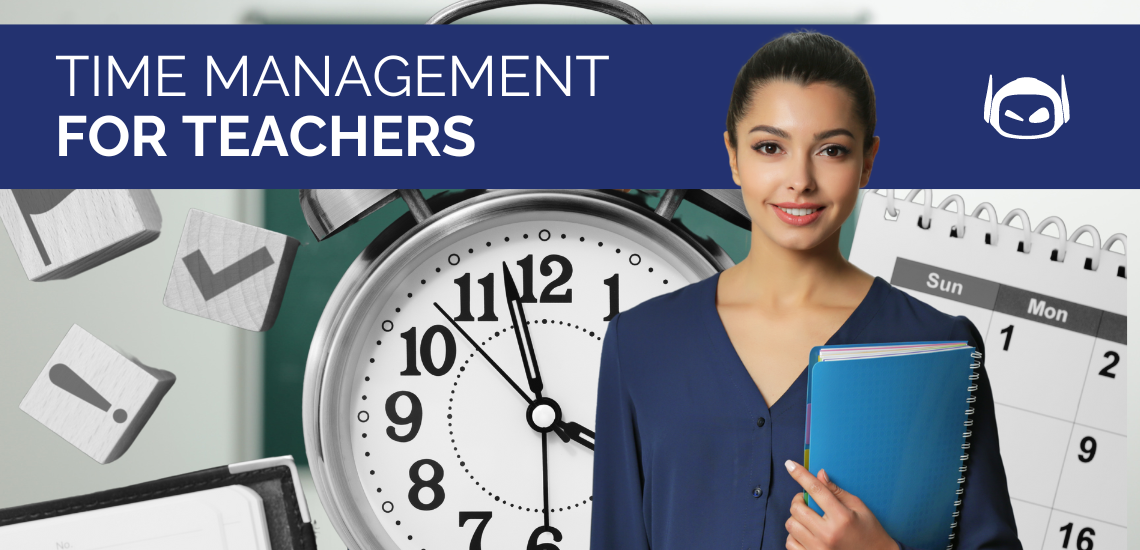
General Guide About Content and Writing
You can use a variety of methods to achieve marketing...

General Guide About Content and Writing
Do you need help figuring out how many words in...

Effective time management for teachers is crucial. Every day, teachers...